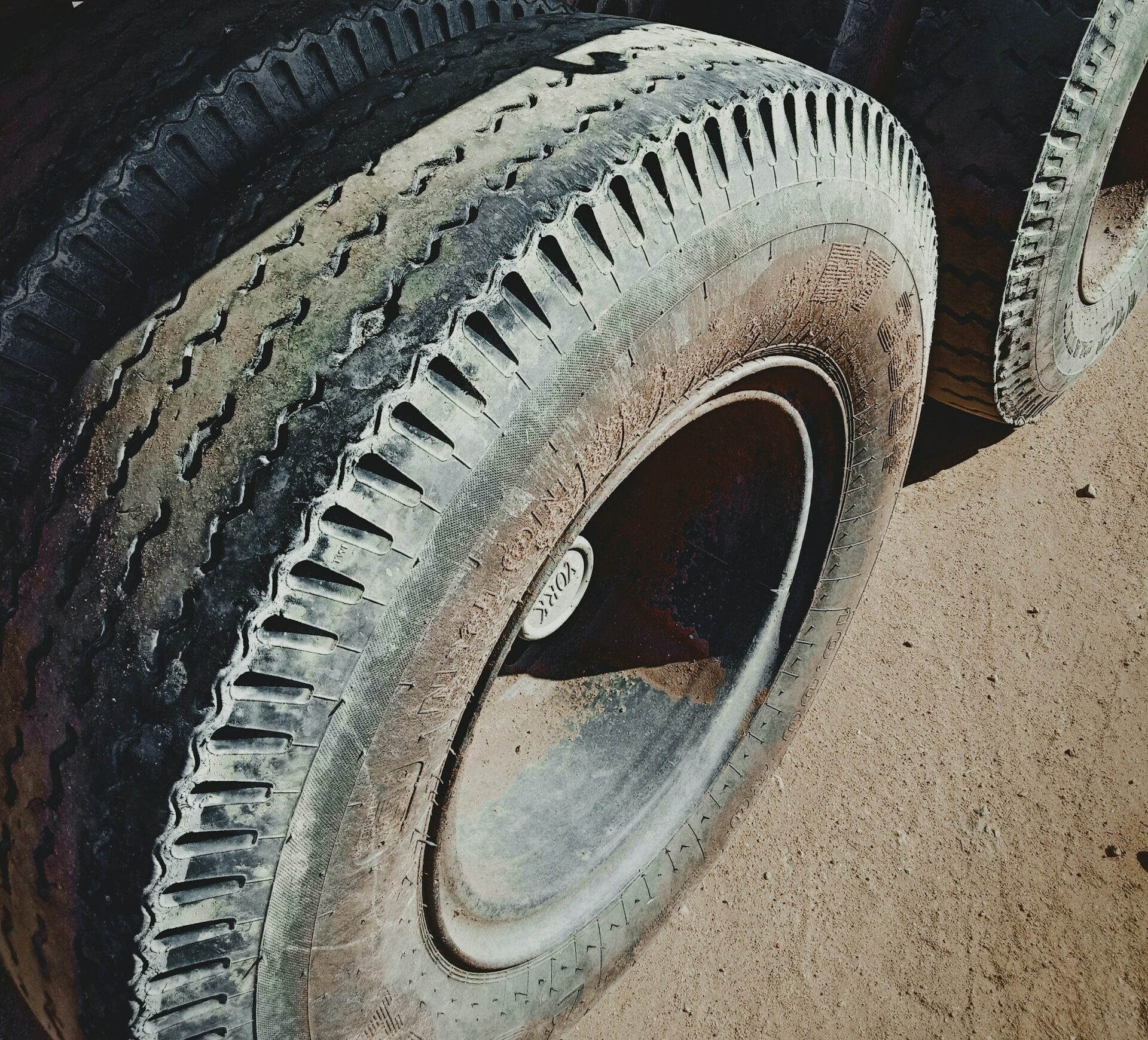In the early days of automobile history, safety was a secondary concern compared to speed and convenience. However, as the number of vehicles on the road increased and technology advanced, so too did the need for improved safety measures.
Over the years, automobiles have undergone a remarkable transformation in terms of safety features, with each innovation aimed at reducing the risks associated with driving. This article delves into the fascinating evolution of automobile safety features, highlighting key advancements that have shaped the way we approach road safety today.
The Early Years of Automobile Safety
In the early 20th century, automobiles were rudimentary machines lacking even the most basic safety features. Cars had no seat belts, airbags, or crumple zones, leaving occupants vulnerable to serious injuries in the event of a crash. However, as awareness of road safety grew, so too did the demand for better protection for drivers and passengers.
One of the first significant safety features to be introduced was the seat belt. Invented in the 19th century, seat belts began to gain widespread adoption in the 1950s and 1960s. Initially, seat belts were simple lap belts, but they proved to be effective in preventing ejections and reducing the severity of injuries during collisions.
The Rise of Passive Safety Features
As automotive technology advanced, so did the sophistication of safety features. In the 1970s, automakers began incorporating passive safety features designed to protect occupants in the event of a crash. This included the introduction of shoulder belts, which provided additional upper body protection, as well as padded dashboards and collapsible steering columns to reduce the risk of impact injuries.
Perhaps one of the most significant advancements in passive safety came with the introduction of airbags. First developed in the 1950s, airbags became more prevalent in the 1980s and 1990s, eventually becoming a standard feature in most vehicles. Airbags are designed to inflate rapidly in the event of a collision, providing a cushioning effect to reduce the risk of head and chest injuries.
How Automobile Safety Can Prevent Crashes
While passive safety features are essential for protecting occupants during a crash, there has been a growing emphasis on active safety systems aimed at preventing accidents from occurring in the first place. These systems utilize advanced technology such as cameras, sensors, and radar to detect potential hazards and alert the driver to take corrective action.
One of the earliest active safety features was anti-lock braking systems (ABS), introduced in the 1970s. During hard braking, ABS prevents the wheels from locking up, allowing the driver to maintain control and avoid skidding. ABS has since become a standard feature in most vehicles and has saved countless lives by reducing the risk of accidents.
Another important active safety feature is electronic stability control (ESC), which helps drivers maintain control of their vehicles during emergency maneuvers or slippery road conditions. ESC automatically applies brakes to individual wheels and adjusts engine power to prevent skidding and loss of control. Since its introduction in the early 2000s, ESC has been credited with significantly reducing the number of single-vehicle crashes.
The Future of Automobile Safety
Looking ahead, the future of automobile safety lies in autonomous driving technology. Automakers and tech companies are investing heavily in the development of self-driving cars equipped with advanced sensors, cameras, and artificial intelligence algorithms.
These vehicles have the potential to virtually eliminate human error, which is a leading cause of accidents on the road. Even with these automations in motor vehicles, there are still numerous crashes on the road.
If you or a loved one has been affected by a serious car accident, get in touch with a Broomfield, Colorado car accident lawyer today. They can help you protect your rights and fight for the compensation you deserve.
Autonomous vehicles are equipped with a range of safety features, including adaptive cruise control, lane-keeping assist, and automatic emergency braking. These systems work together to detect and respond to potential hazards, making driving safer and more efficient.
While fully autonomous cars are still in the testing phase, they hold the promise of revolutionizing transportation and reducing the number of accidents on our roads.
The Evolution of Automobile Safety Is Continuous
The evolution of automobile safety features is a testament to the tireless efforts of engineers, researchers, and policymakers to make our roads safer for everyone. From simple seat belts to advanced autonomous systems, each innovation has played a crucial role in reducing the risk of accidents and saving lives. As technology continues to advance, we can expect to see even more sophisticated safety features designed to protect drivers, passengers, and pedestrians alike.









